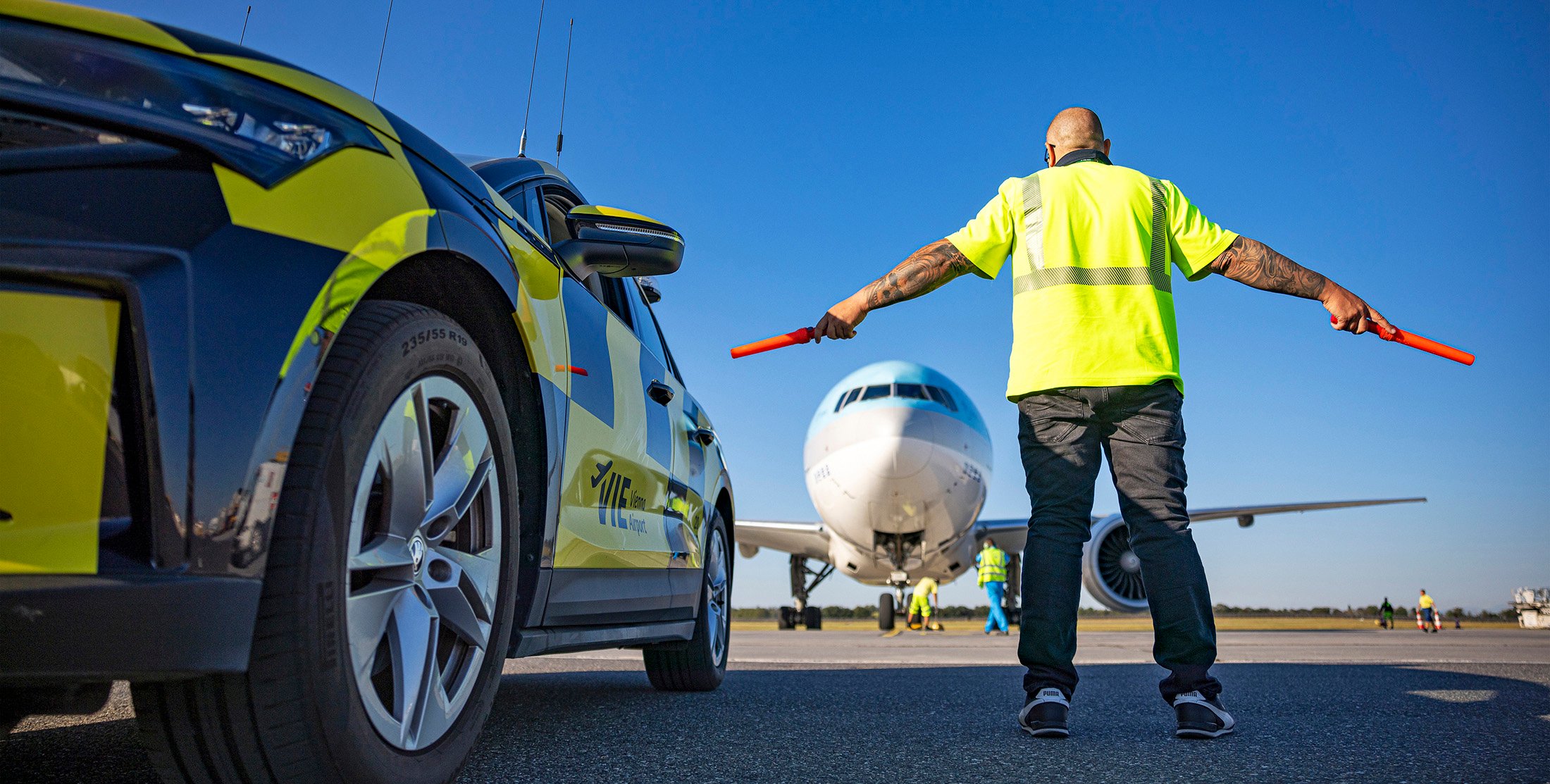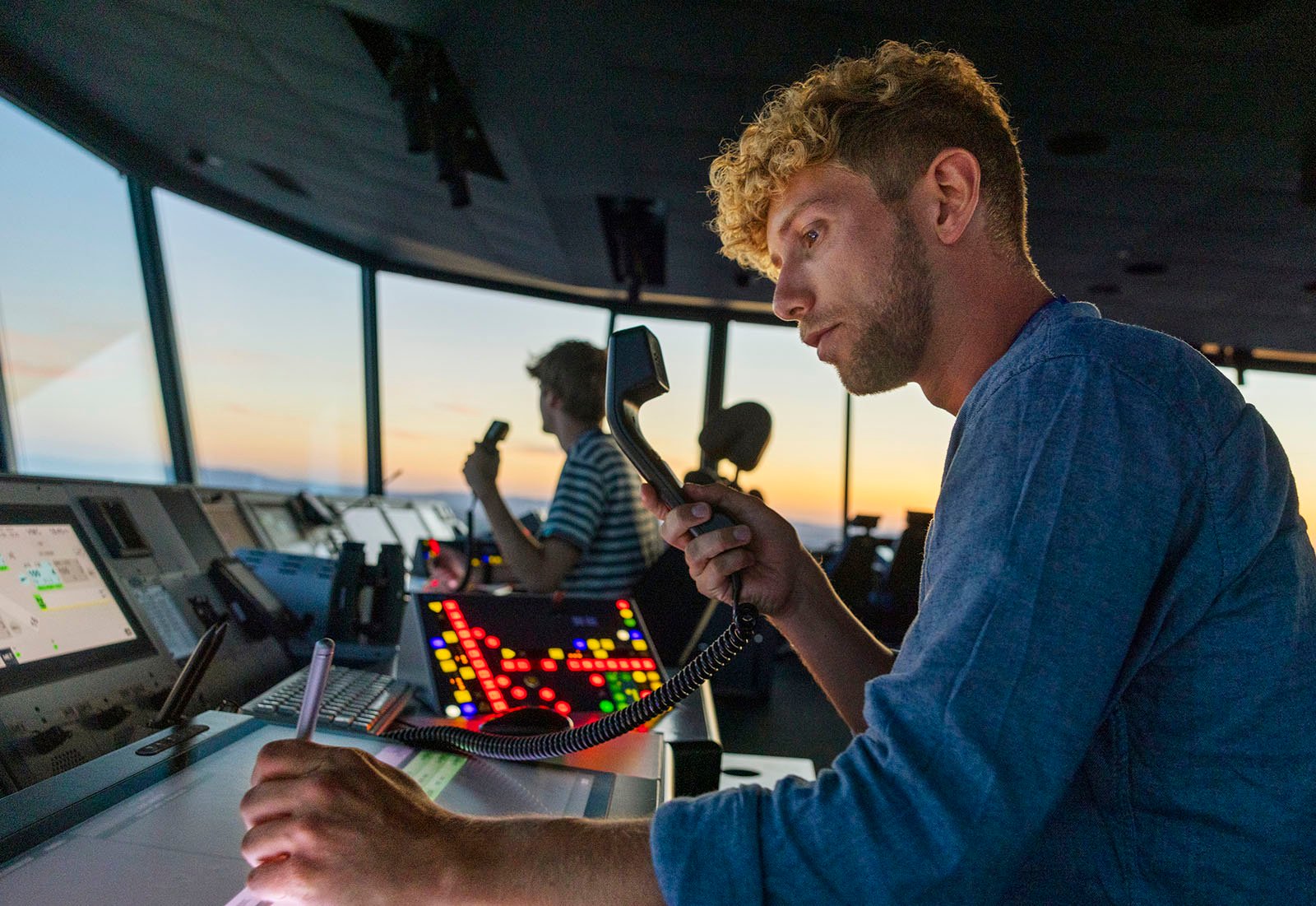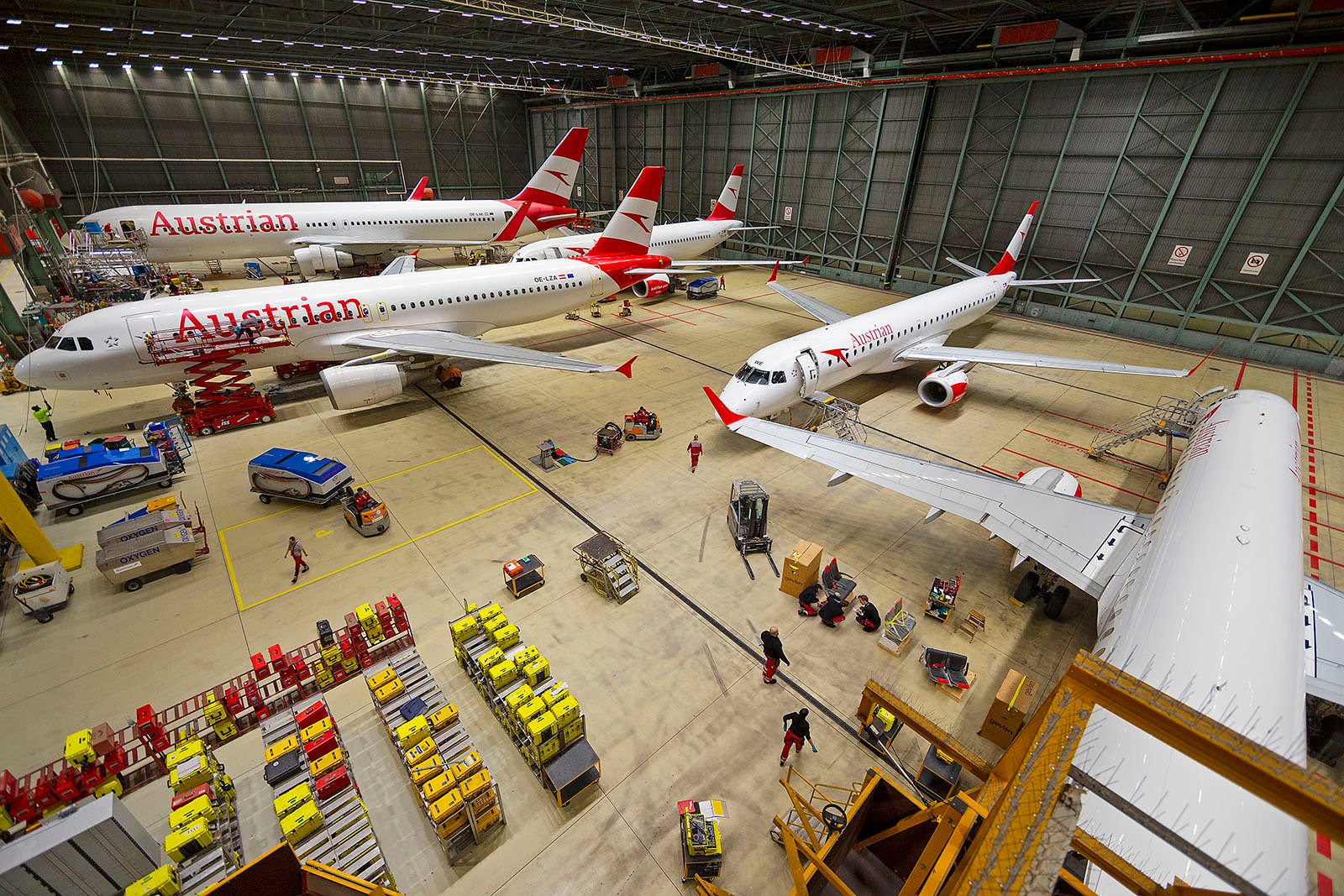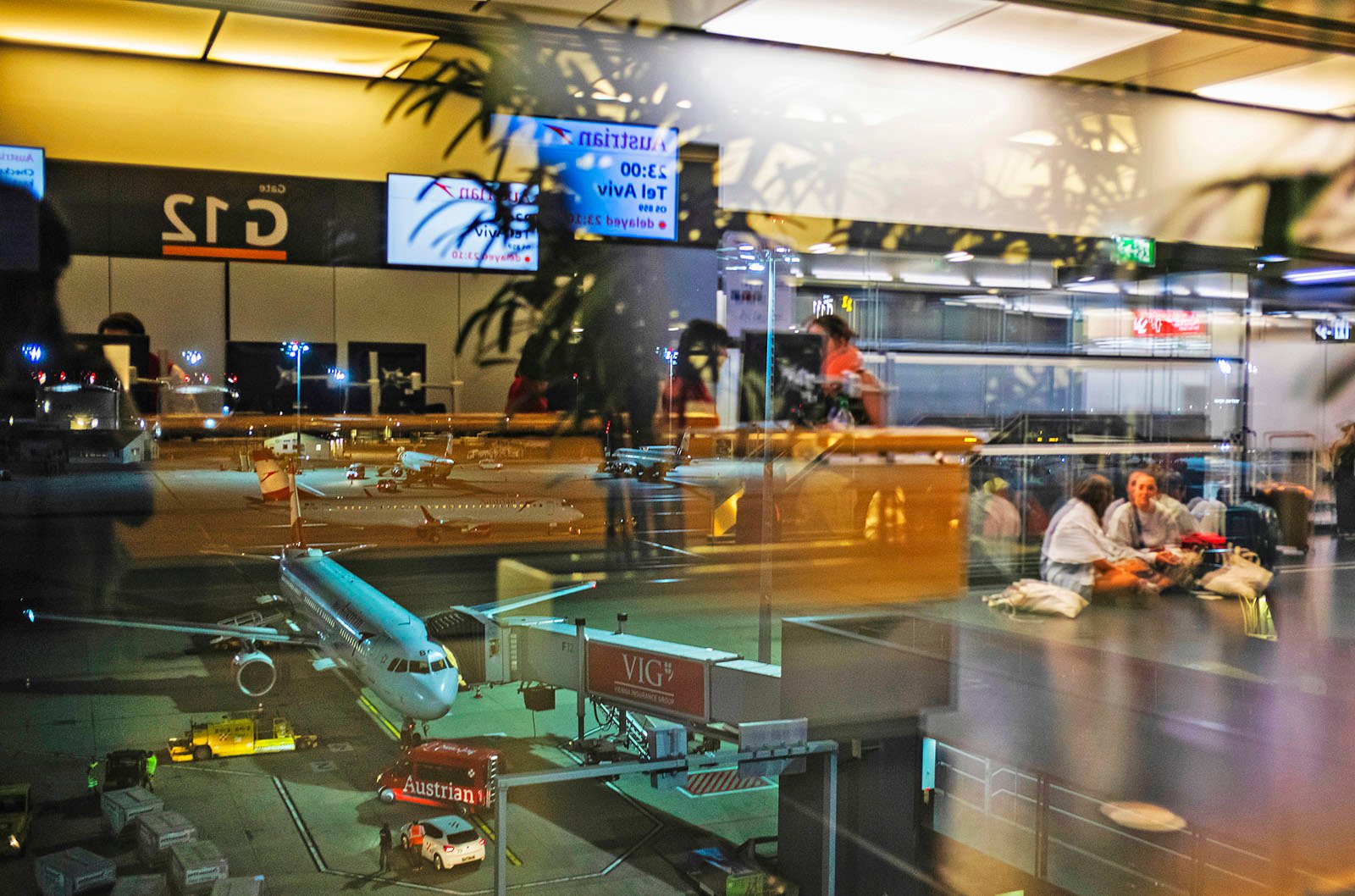Celebrating a Milestone: an Artistic Journey Through Vienna Airport’s Legacy
Table of Contents
- Celebrating a Milestone: an Artistic Journey Through Vienna Airport’s Legacy
- Frequently Asked Questions
- What was the purpose of the creative project at Vienna Airport?
- Who participated in the project and how were they selected?
- When did the photography session take place?
- What is “The Dream of Flying”?
- How does the project reflect changes in airport design and operations?
- What interesting insights about air travel does the project reveal?
- Frequently Asked Questions
February 13, 2025
To commemorate its 70th anniversary, Vienna Airport in Austria embarked on a creative project that resonates far beyond its European borders. In a move reminiscent of many innovative airport revitalizations in the United States, the airport invited eight seasoned photographers to document its day‐to‐day operations – from the quiet predawn moments to the buzzing activity of early morning departures. The project,which began at 3 a.m. and continued until 3 a.m. the following day, sought to capture not only the mechanics of air travel but also the human spirit thriving in these dynamic terminals.

The creative lead behind the project, a publisher and photographer, transformed the curated collection into a book titled The dream of Flying. The book delves into the lives of those who move through the airport’s halls,including travelers and the staff responsible for safe arrivals and departures. This narrative mirrors recent developments at major U.S. airports like Hartsfield-Jackson Atlanta International and Los Angeles International, where behind-the-scenes stories are increasingly being celebrated for their influence on modern travel experiences.
“they [the photographers] all arrived a day before the shoot to get to know the team of experts familiar with Vienna airport,” the project lead explained. “After introducing them and explaining the general goals of the project they spent the rest of the day touring their designated shooting areas. So they got a clear picture where and what to expect the next day, starting at 3 a.m. in the morning and completing their task at 3 a.m. the next day.”
— Project Lead
The photographers, including names such as Ana María Arévalo Gosen, Hans-Jürgen Burkard, Heinz Stephan Tesarek, Jérôme Gence, Martina Draper, Nadia Ferroukhi, and Ulla Lohmann, were given unprecedented freedom to explore every corner of the airport. With full access and support from airport security, these visual storytellers documented everything from behind-the-scenes mechanics in hangars to the vibrant passenger interactions in terminal corridors. Similar to photojournalistic projects at Chicago O’Hare or San Francisco International Airport, this initiative emphasizes not just aviation but the broader cultural and technological progress experienced at such hubs.

The project’s logistical coordination was as remarkable as its artistic ambition. For instance, the lead photographer personally assisted colleagues with transportation, providing extra lenses and even food to maintain energy levels during the extended shoot. Such considerations highlight the importance of teamwork and resourcefulness, qualities familiar to staff working in bustling U.S. airport environments.

Beyond the captivating images, The Dream of Flying serves as a historical document detailing the evolution of airport design and operations. As airports worldwide, including those across the United States, continue to expand their amenities—from advanced security systems to enhanced retail and dining options—the inherent essence of air travel remains unchanged. Travelers still experience the thrill of arrival, boarding, and departure, a ritual as timeless as the Wright Brothers’ first flight.
“The book was designed to document the history of the Vienna airport including an outlook to what’s ahead,” the project lead stated.
— Project Lead
Lammerhuber further observes, “From the concept point of view, it became very clear that airports have changed by becoming incredibly more diverse and more technical, more entertaining, and of course, much larger because of parking and shopping and the huge number of departures and arrivals. But in principle nothing has changed since day one: You arrive, go to the plane, depart, and vice versa.”
Such insights invite comparisons to the rapid technological and cultural shifts seen in American hubs like Dallas/Fort Worth International Airport, where modern conveniences meet customary travel rituals.

An additional, thought-provoking statistic shared during the project underscores the rarity of air travel.Only 20 percent of the world’s population has ever boarded a plane, and there exist merely 1,200 large airports globally. This commentary not only situates the Vienna project within a broader international context but also reinforces the transformative impact that air travel has had on connecting people and cultures. It offers a reminder of why such historical documentation is valuable and relevant even in today’s fast-paced, frequently enough impersonal travel environment.
“Simply put, we are the first generation to explore and see and get to know the world truly. Thanks to the Wright Brothers and the airports.”
— Project Lead
The initiative has sparked conversations about the future of air travel. In the United States, where evolving security measures, sustainability initiatives, and digital innovations continuously reshape the journey, projects like these provide a unique lens through which to view the past while speculating on the future. As airports upgrade to offer state-of-the-art services, their role as hubs of culture and commerce remains firmly intact, bridging a gap between tradition and modernity.
Ultimately, The Dream of Flying is much more then a photographic collection—it is a time capsule that encapsulates the evolution of air travel and the human narratives woven into its fabric. Its depiction of the intricate ballet between passengers, pilots, ground crews, and behind-the-scenes experts offers U.S. readers tangible parallels to the experiences found in major domestic hubs. As stakeholders in both travel and commerce, the American audience can draw valuable insights on the importance of preserving such cultural heritage amid rapid technological change.
Frequently Asked Questions
What was the purpose of the creative project at Vienna Airport?
The project was launched to commemorate the airport’s 70th anniversary by documenting day‐to‐day operations and capturing the human spirit behind the hustle and bustle of airport life. It marked the evolution of air travel,showcasing both the mechanics of aviation and the cultural exchanges at the hub.
Who participated in the project and how were they selected?
Eight seasoned photographers, including Ulla Lohmann, Ana María Arévalo Gosen, Hans-Jürgen Burkard, Heinz Stephan Tesarek, Jérôme Gence, martina Draper, and Nadia Ferroukhi, were invited to explore every corner of Vienna Airport. They were given unprecedented freedom to document both behind-the-scenes operations and vibrant passenger interactions.
When did the photography session take place?
the creative shoot began at 3 a.m. and continued until 3 a.m. the following day, ensuring that all aspects of the airport’s daily operations—from quiet predawn moments to the peak of early morning departures—were captured.
What is “The Dream of Flying”?
“The Dream of Flying” is the book produced by the creative lead of the project. It transforms the curated photographic collection into a past document detailing the evolution of airport design, operations, and the unique human experiences that blend technical progress with timeless travel rituals.
How does the project reflect changes in airport design and operations?
The project not only captures the operational mechanics of air travel but also highlights the evolution of airport design—from enhanced security systems and expanded amenities to the increasing cultural importance of these hubs. It shows that while technologies and services improve, the timeless ritual of arriving, boarding, and departing remains unchanged.
What interesting insights about air travel does the project reveal?
An intriguing statistic shared during the project is that only 20% of the world’s population has ever boarded a plane, and there are only 1,200 large airports globally. This highlights the rarity of air travel and reinforces the transformative impact airports have on connecting people and cultures around the world.


